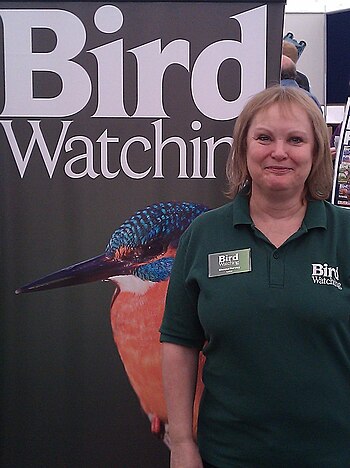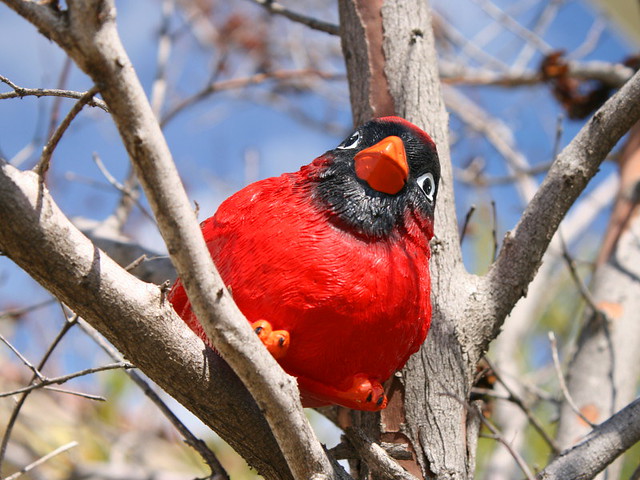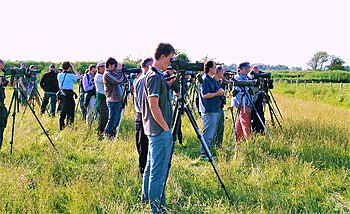 |
| Bird Watching (magazine) (Photo credit: Wikipedia) |
Bird watching is a great hobby. You get to meet people get close to nature and know the difference between each species. If you know someone who is into this, you could surprise them on their birthday by buying them a bird watching gift.
What do bird watching enthusiasts want as gifts? To answer that, you have to know what they bring along every time they head out into the woods.
Probably the most affordable and easiest to get is a hat. This will prevent their hair from blocking the eyes at the same time prevent them from getting sunburn in the face.
The next item could be a pair of cargo pants that have a lot of pockets so they can put snacks and other items on their sides.
A bird watching vest is another cool item to get because it has more pockets than the cargo pants. They can put their mobile phone on one pocket, snacks, water, map, and insect repellant, and more on the others making it within arm’s length instead of taking this out of the backpack.
If you that their backpack is already worn out, perhaps you get can them a new one. These come in different sizes and you don’t have to get a large one because these hobbyists are supposed to travel light.
Perhaps the most expensive thing to buy for the bird enthusiast is a pair of binoculars. This is because of the lens that allows the user to see farther and wider. There are even some models that allow the person to interchange the lens while the more high tech ones allow you to see in the dark, capture photos and videos.
A bird watching journal is also a nice gift to get because the hobbyist records what was seen and how many they were. In the years ahead, they will surely write more birds down and they would need another booklet to record this down.
Another great idea is to get the person a one-year subscription to a bird watching magazine. This is published monthly or on a quarterly basis and they will be able to see pictures of birds in places that they have never been before like the Antarctic, the Amazon, Africa, and somewhere in the Atlantic or Pacific.
If you think that buying bird watching gear as a gift is all you can buy, think again. Those who can spare some cash can send the person off on a bird-watching vacation perhaps up north in Canada or down to South America. You have to remember that there are hundreds of bird species and not all of them can live in the climate in the US.
So which one should you buy first? Well, you have to talk to the person first and see what they don’t have or where they have never gone. A small conversation will already give you several ideas and you just have to pick the right one that is within your budget and meaningful to the recipient.
Who knows? It’s possible that during the course of your shopping, you might learn to appreciate the hobby. Instead of supporting that person, you soon join them on excursions. That is perhaps the best bird watching gift to ever give anyone because you are able to do something together.
















